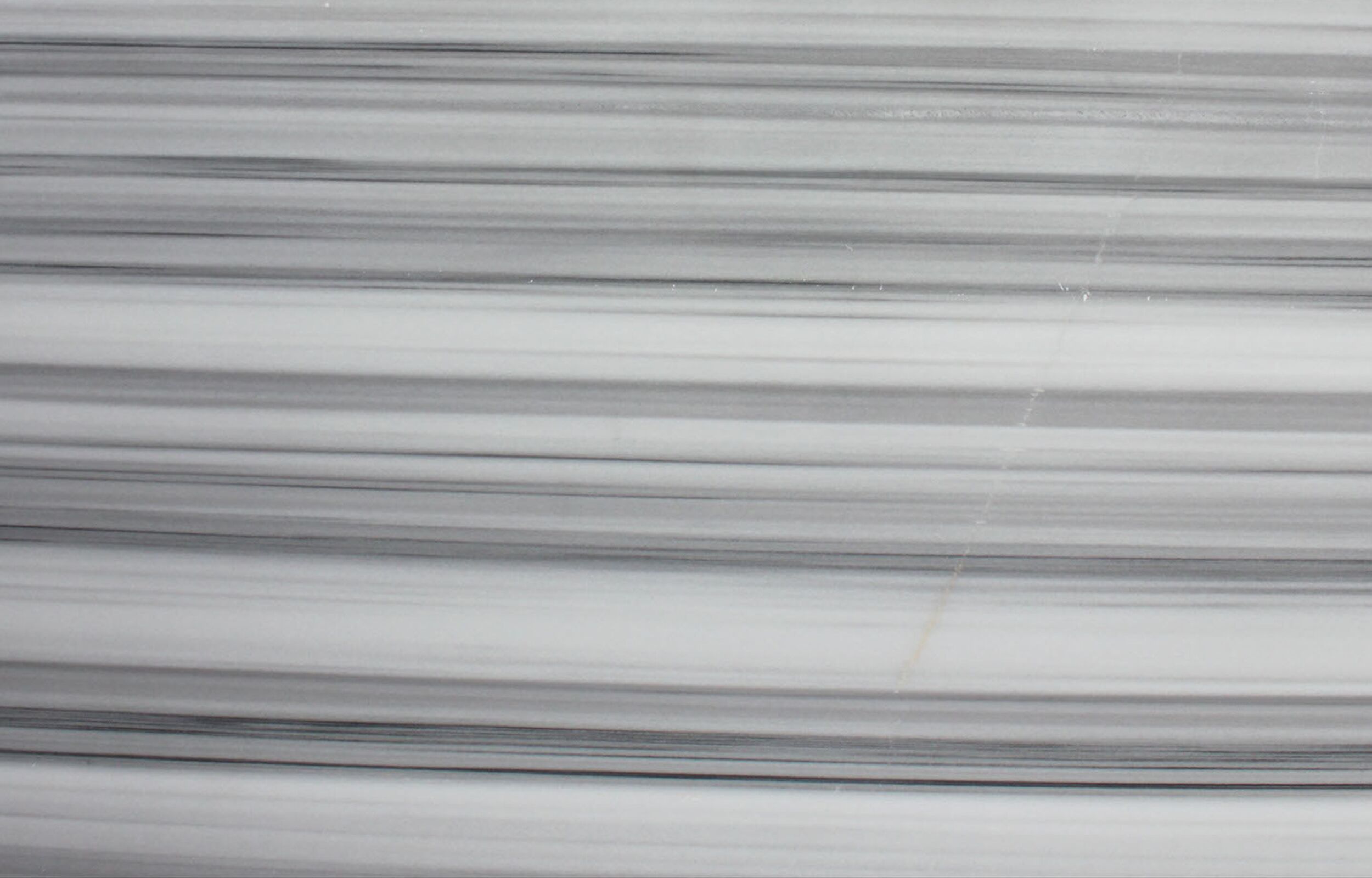How to tell if marble is real? Marble is a timeless, luxurious material that has been used in architecture and design for centuries. Whether you’re looking to incorporate marble into your home or simply want to identify it, knowing how to distinguish real marble from imitations is essential. Here’s a guide to help you determine whether the marble you’re eyeing is the real deal.
1. Examine the Surface for Natural Veins
Real marble is known for its unique, natural veining patterns. These veins are formed by mineral impurities that crystallize within the stone over time. Also no two slabs of real marble are exactly alike, which means the veining will vary in color, thickness, and distribution. If the veins appear too uniform or repetitive, you might be looking at a man-made material like cultured marble or another stone that has been engineered to mimic marble.
Tip: Run your fingers along the veins. Real marble’s veins often feel slightly different from the rest of the stone due to the varying mineral composition.
2. Perform the Scratch Test
One of the simplest ways to test if marble is real is to scratch its surface. Marble is relatively soft compared to other natural stones, with a hardness rating of 3-5 on the Mohs scale. This means that it can be scratched by harder materials like a steel knife.
How to do it: Lightly scratch an inconspicuous area with a knife or nail. If it leaves a mark, it’s likely real marble. Also be cautious with this test, as it could damage the surface if done too aggressively.
3. Look for Etching
Real marble is composed mainly of calcium carbonate, which reacts with acidic substances. Moreover this reaction causes etching—dull spots or marks on the surface. Also if you have access to the marble, place a few drops of vinegar or lemon juice on it. If it’s real marble, you’ll notice some etching almost immediately, indicating that the surface has reacted with the acid.
Caution: This test can permanently damage the marble, so it’s best to perform it on a small, hidden area or on a sample piece if possible.
4. Check the Temperature
Marble has excellent thermal conductivity, which means it stays cool to the touch even in a warm environment. When you place your hand on real marble, it should feel noticeably cooler than the surrounding air. This is a key indicator of natural stone.
Note: Be sure to clean the surface first to remove any dust or dirt that might affect the test.
5. Inspect the Edges
The edges of real marble are usually not perfectly smooth. When cut, marble often shows tiny, uneven grains. These grains are part of the natural stone’s structure and can be seen with the naked eye or felt with your fingers. Man-made imitations, on the other hand, tend to have uniformly smooth edges.
Tip: If possible, look at the edge of an unpolished section of the marble to see its natural grain.
6. Observe the Finish
Real marble can be polished to a high gloss, but it should still have a soft, almost velvety texture. If the surface feels overly glassy or slick, it could be a synthetic material. Also, check for imperfections like small pits, fissures, or color variations—these are common in natural marble but rare in imitations.
7. Consult an Expert
If you’re still unsure whether the marble is real, consider consulting a stone expert. They can use specialized tools and knowledge to accurately identify the material. Additionally, a professional can provide valuable advice on how to care for and maintain your marble surfaces.
Conclusion
How to tell if marble is real involves a combination of visual inspection, physical tests, and sometimes expert advice. Whether you’re making a significant investment in a marble countertop or simply curious about the material, these tips will help you confidently determine if what you’re looking at is genuine marble. Remember, how to tell if marble is real is not just about the look—it’s about the history, luxury, and unique character that only natural stone can offer.

